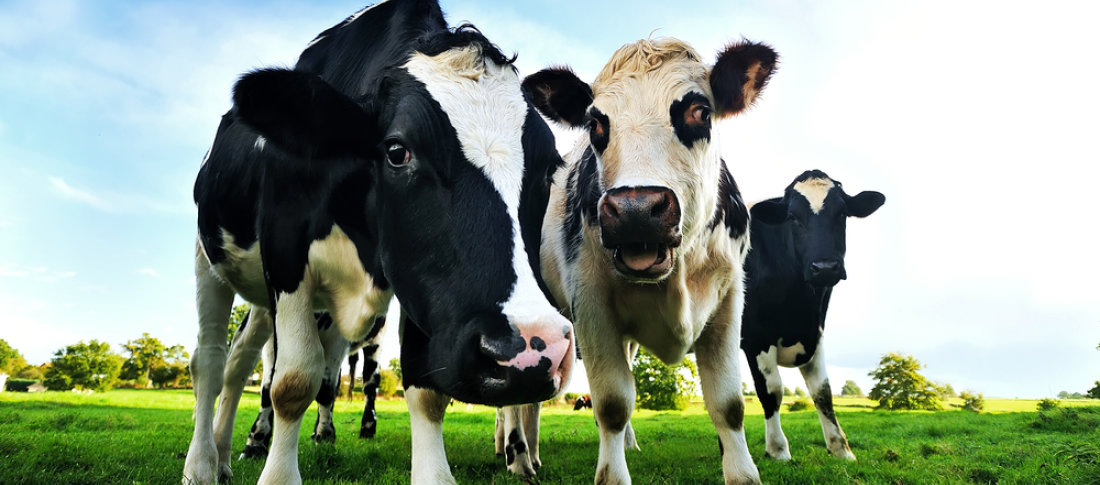As we move into a period of gradually increasing milk prices, it is clearly important that cows need to be in the best body condition, with correct dietary support to enable them to push on and take advantage. Profitable milk production now will help the recovery of past investment and borrowings.
More milk at all cost? No!! – More of the right type of milk, profitably produced.
In brief, dairy cows require a multitude of nutrients for maximum production and while emphasis is often on the more-recognised components of the diet such as protein, starch, sugars and fibre, the requirement for fat in diets is often overlooked. However, fat is essential in an animal’s diet, ensuring basic requirements are met and acting as a unique nutrient source which supplies energy and has a range of other functions.
Is fat too expensive to use?
It is often thought, when the price of fat is high and that of milk is still low, the cost-effectiveness of fat inclusion can be brought into question and alternate energy sources considered. Clearly though as an essential nutrient fat cannot be excluded from the diet.
Importantly given the proven animal responses, additional energy from fat always provides returns above the supplement cost even when milk prices are at the lower end of the scale.
Table 1 Returns and breakeven milk price with Megalac supplementation
| Value | |
| Cost of Megalac (500 g) (@£780/t) | 39 p |
| Response to Megalac | 2.3 kg/d |
| Milk price | 25 ppl |
| Return on milk volume | 57.5 p/cow/d |
| Breakeven milk price | 18.5 ppl |
The pricing of fat ingredients is influenced by many factors including cost of crude oil and the availability of vegetable oils, while milk price is clearly strongly affected by supply and demand, leading to considerable variation in costs and returns.
With the many types of fat supplement available, it is important to opt for the most effective supplement to meet farm requirements. Pushing for extra litres requires a proven rumen-protected supplement, whereas those chasing milk fat may be advised towards a high-C16 Fat.
Additionally, cow fertility strongly benefits from feeding the correct level of fat.
A recent study from the University of Edinburgh (MacRae et al., 2008) in the UK recorded a 19-day numerical reduction in days open when cows were offered a higher fat diet (containing 600 g of Megalac/cow/day).
So there it is, fat is a cost effective and essential ingredient in dairy diets. Returns from a proven rumen-protected fat are achievable across the range of milk and supplement prices, with the choice of fat supplement being critical to achieving the targeted response on farm.
